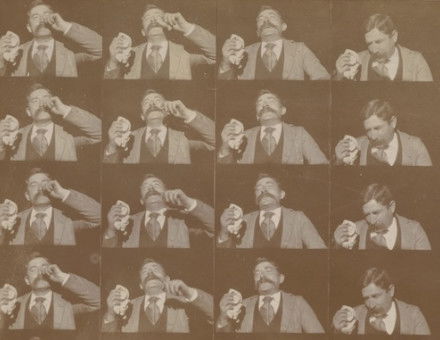The Red Army and the Civil War in the East
Reorganised by Trotsky in 1918, writes David Footman, the Bolshevik forces gradually prevailed against the Whites in Eastern Russia and Siberia.
When the Bolsheviks seized power in November 1917 Russia was still at war with Germany, and the Russian armed forces, largely as a result of Bolshevik effort, were in an advanced stage of disintegration.
In mid-December an armistice was signed with the Central Powers, but the Bolshevik leaders were well aware of the dangers of their military weakness, and set up an All-Russian Collegium for Worker and Peasant Military Organization.
In January “Sovnarkom” (the Council of People’s Commissars) decreed the establishment of an army of volunteers to be drawn from “the class-conscious organized elements of the toiling masses.” Recruiting began, but the response was moderate.
Then came the breakdown of the peace negotiations and the German advance. There was alarm in Petrograd—urgent appeals were issued and the flow of volunteers considerably increased. But it was obvious to Lenin that the Soviet Government had no means of stopping the Germans, and in early March he enforced upon his colleagues the acceptance of the terms of Brest-Litovsk.





